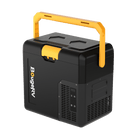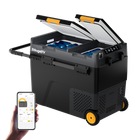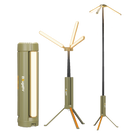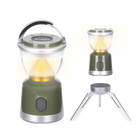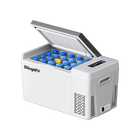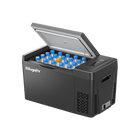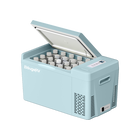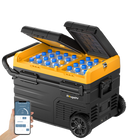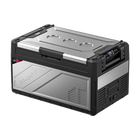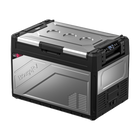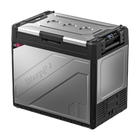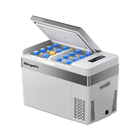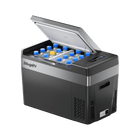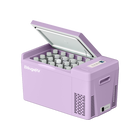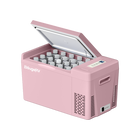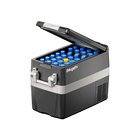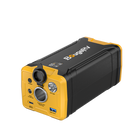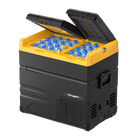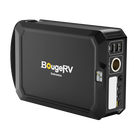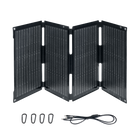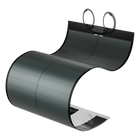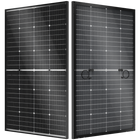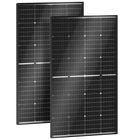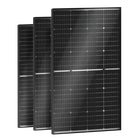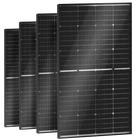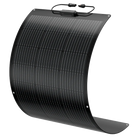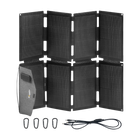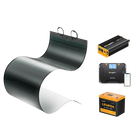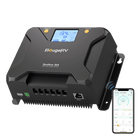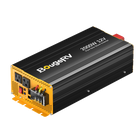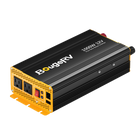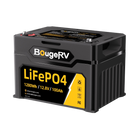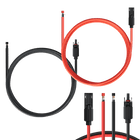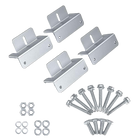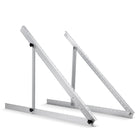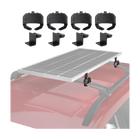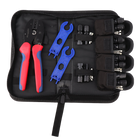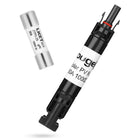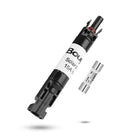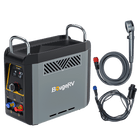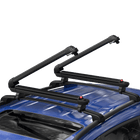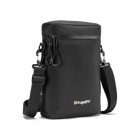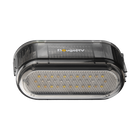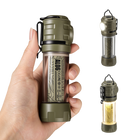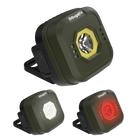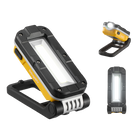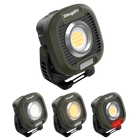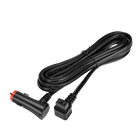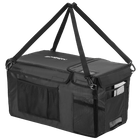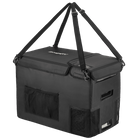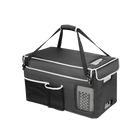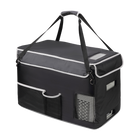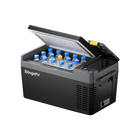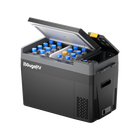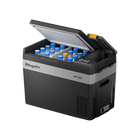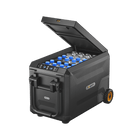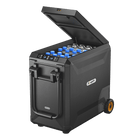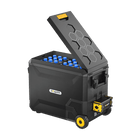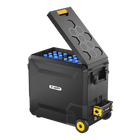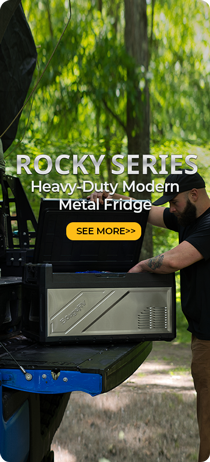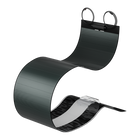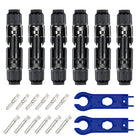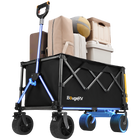Why My Refrigerator Compressor Is Running But Not Cooling and How to Fix It

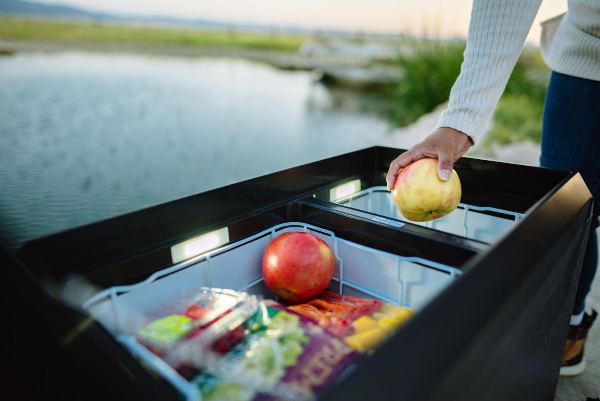
Have you ever opened your refrigerator, expecting a blast of cool air, only to be greeted with a lukewarm disappointment? It's an all-too-common scenario: the refrigerator compressor is humming along, but the inside isn't getting cold.
Before you contemplate a hefty repair bill or consider purchasing a new fridge, let's explore some potential causes for this cooling conundrum and offer actionable solutions.
Understanding the Role of the Compressor
The heart of any refrigerator is its compressor. This vital component is responsible for circulating refrigerant throughout the system, absorbing heat from the interior, and releasing it outside. When it's working correctly, the compressor maintains the desired temperature. If it's running but not cooling, something in the system has gone awry.
Common Causes for Compressor Function Without Cooling

-
Dirty Condenser Coils: Condenser coils dissipate heat as the refrigerant passes through them. Over time, these coils can become clogged with dust and debris, impeding their ability to release heat. The result? Poor cooling performance.
-
Faulty Condenser Fan: The condenser fan cools the coils and the compressor. If it's not working, the refrigerator won't cool adequately.
-
Refrigerant Issues: Low levels of refrigerant due to leaks or improper charging can prevent the refrigerator from cooling.
-
Thermostat Problems: A malfunctioning thermostat won't send the correct signals to start the cooling process.
-
Evaporator Fan Failure: This fan circulates cool air inside the fridge. If it stops, temperatures will rise despite the compressor's efforts.
-
Start Relay or Capacitor Failure: These components help power the compressor. If either fails, the compressor might run ineffectively or not start at all.
-
Defrost System Malfunction: An issue with the automatic defrost system can lead to frost buildup, which insulates against cooling.
Step-by-Step Troubleshooting and Fixes

1. Clean the Condenser Coils
-
Unplug the Refrigerator: Safety first! Ensure the appliance is disconnected from the power source.
-
Locate the Coils: Check your owner’s manual. They are usually found under the fridge or at the back.
-
Clean the Coils: Use a coil brush and vacuum cleaner to remove dust and debris.
-
Plug Back In and Monitor: After cleaning, plug the fridge back in and check for cooling improvements.
2. Inspect the Condenser Fan
-
Access the Fan: You'll typically find it near the compressor at the bottom rear of the fridge.
-
Check for Obstructions: Remove any blockages that may be hindering fan movement.
-
Test the Fan Motor: Spin the blade by hand; if it doesn't move freely or makes noise, it may need replacement.
3. Evaluate Refrigerant Levels
Professional Assessment: Due to environmental regulations and safety concerns, refrigerant issues should be diagnosed and fixed by a certified technician.
4. Test the Thermostat
-
Adjust the Thermostat: Turn it to the coldest setting and listen for a click. No sound could indicate a problem.
-
Use a Multimeter: To test continuity, use a multimeter. If it fails, replace the thermostat.
5. Check the Evaporator Fan
-
Locate and Examine: Found within the freezer compartment, check for any obstructions or signs of damage.
-
Assess Fan Operation: If the fan isn't working while the compressor runs, it may need to be replaced.
6. Replace the Start Relay or Capacitor
-
Identify Components: They’re attached to the compressor. Refer to the manual to locate them.
-
Test with a Multimeter: Check for continuity and replace if they do not pass the test.
7. Troubleshoot the Defrost System
-
Inspect the Defrost Timer and Heater: Both parts can be tested for continuity using a multimeter.
-
Manual Defrost: As a temporary fix, manually defrost your fridge by unplugging it and letting the ice melt. Remember to keep doors open and towels handy for the water.
When to Call a Professional
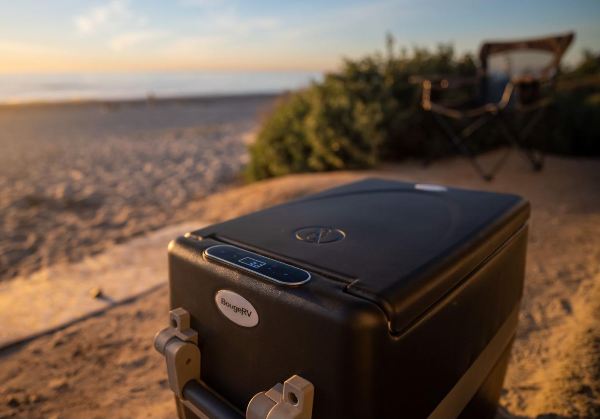
If you've performed the above steps and your fridge is still not cooling, it might be time to call in a professional. Certain repairs, especially those involving refrigerant, require specialized knowledge and certifications. Moreover, trying to fix complex electrical components without the proper experience can be dangerous and could void any remaining warranty on your appliance.
Preventive Measures
To avoid future cooling issues, here are some preventive measures:
-
Regular Maintenance: Clean the condenser coils every six months.
-
Adequate Ventilation: Ensure your refrigerator has enough space around it for air circulation.
-
Inspect Seals: Check door seals regularly for any signs of wear and tear.
-
Smart Storage: Avoid overloading your fridge, as this can obstruct airflow.
Final Thoughts
It's frustrating when a refrigerator doesn't perform its primary function—keeping things cold. However, with a bit of patience and troubleshooting, you can often resolve the issue yourself. Regular maintenance and being aware of your fridge's performance can go a long way in preventing unexpected hiccups.
Keep this guide handy, and remember, when in doubt, don’t hesitate to call a professional for help.







